
Share this article:
HIIT vs. Traditional Training: Which Is Best?

This is an ultra-common question that we not only get from clients, but also see everywhere in the fitness-sphere.
It’s a great, relevant question: is HIIT (high-intensity interval training) or traditional strength training superior for reaching your goals?
The short answer: both are good, one can give you more bang for your buck, and you have to consider your goals.
Let’s dive in to see why.
HIIT vs. Traditional Training Splits
First things first: I know it’s tempting to want to pick a “camp” that identifies with one training style, since it eliminates the need for more diverse workout planning. After all, training seems easier when you kind of know what to expect from it, while mixing different styles of workouts seems complicated on the surface (especially if you’re a beginner!).
However, picking one style over the other isn’t always the best route to better results.
Typically, we (and research) find that variation in any workout regime leads to better results and hitting less plateaus!
However, we get what you’re asking when you ask “which one is better overall,” and while we do tend to incorporate one style 6 days a week, we also rotate in the other style!
Before I explain, let’s get clear on the benefits of both.
The Benefits of HIIT vs. The Benefits of Traditional Training
So as we know, HIIT is a style of training that uses intense intervals, inter-dispersed with rest, with or without weights or resistance. These workouts are typically shorter than the average traditional strength training split, which focuses more on isolated lifts regimented into sets.
A HIIT workout could look like something as simple as doing an all-out sprint for 10-20 seconds, followed by 60-90 seconds of rest, repeated for a total of 10-15 minutes.
Or, a HIIT workout can also involve a combination of bodyweight workouts and free-weight moves, repeated for several rounds for a total of 20 minutes with minimal rest throughout the duration.
A traditional strength training split looks pretty different, where certain body parts or areas are worked (say, legs on “leg day”). You would be moving slower here through a certain number of sets and reps, based on your goals. Your cardio would also typically be longer and separated from your lifts, either on a different day or before/after your lifts.
Now, to be clear: there is nothing wrong with either type of training method! In fact, as you probably guessed, we utilize both in our regimes.
The difference between the two comes down to the results (both short and long term) you’re looking for, and efficiency.
For instance, HIIT is remarkable for both building muscle and shedding fat in a short (er) amount of time compared to strength training, and has been proven to be far superior to steady state cardio for losing fat. The intense nature of the hardcore intervals also conditions your metabolic system all the way down to a cellular level, improving how your cells utilize energy (calories). This results in a more efficient metabolism and ability to shed excess fat.
Traditional strength training, however, is unparalleled for building muscle and strength. In a traditional HIIT workout, your movements are typically faster-paced, which can make it difficult to lift extremely heavy (a key to building). So, if your goal is to build, you wouldn’t want to completely exclude traditional heavy lifts like deadlifts, squats, and presses.
While these methods may seem at odds at first glance, they are actually best friends, provided you’re using them creatively. For instance, we’re big fans of utilizing a method called cardioacceleration, which combines HIIT and heavy lifts in sessions. In this method, we add HIIT cardio intervals between lifting sets, which not only helps burn fat, but also encourages blood to pump toward our targeted muscle groups carrying oxygen, amino acids, and nutrients to assist in growth and repair.
In fact, studies even show that DOMS (delayed-onset muscle soreness) can be greatly reduced or even eliminated using this method!
Bingo. A win-win all around.
This is why it’s so beneficial to include both styles of training in your regime.
To give this combination of both styles a try, aim to utilize the 30-60 seconds of rest between your strength sets to perform a cardio activity, such as jump rope, step ups, etc …
You can also get 14 days of FREE access to these type of workouts on the HEF Training App, so if you haven’t downloaded it yet, do so here!

Sign Up and Subscribe for quick updates!
Get everything Hannah Eden Fitness right in your inbox!
Share this article:




